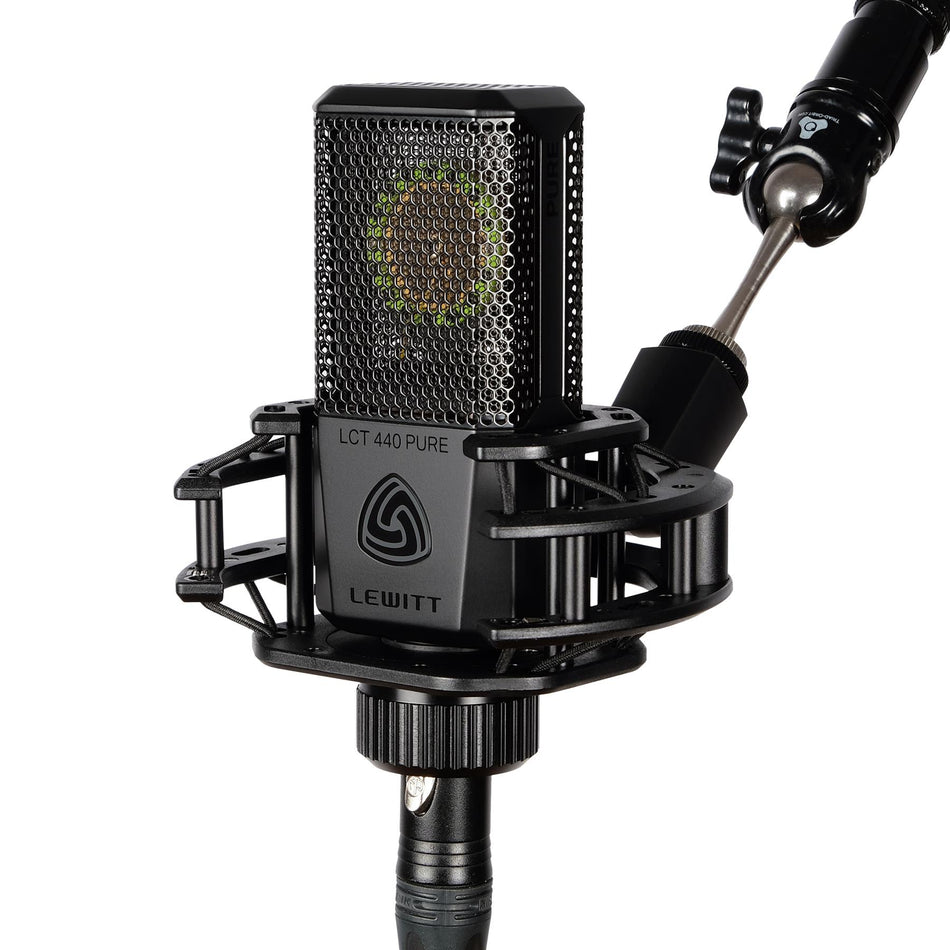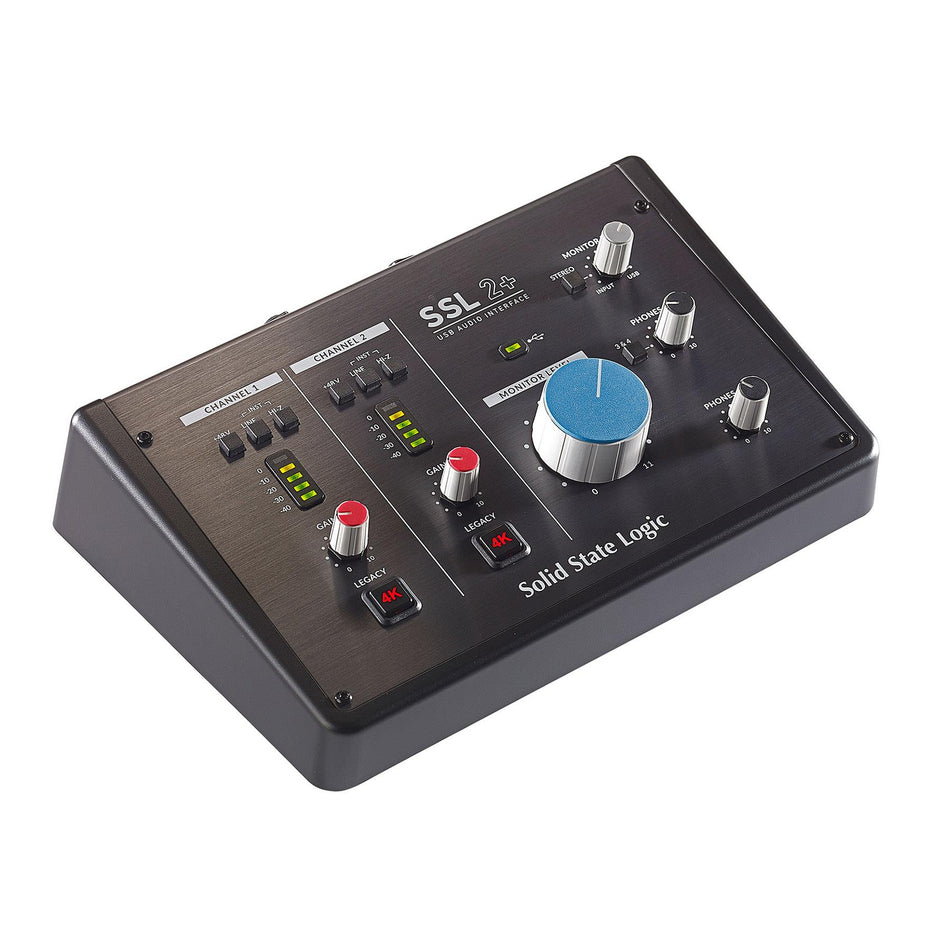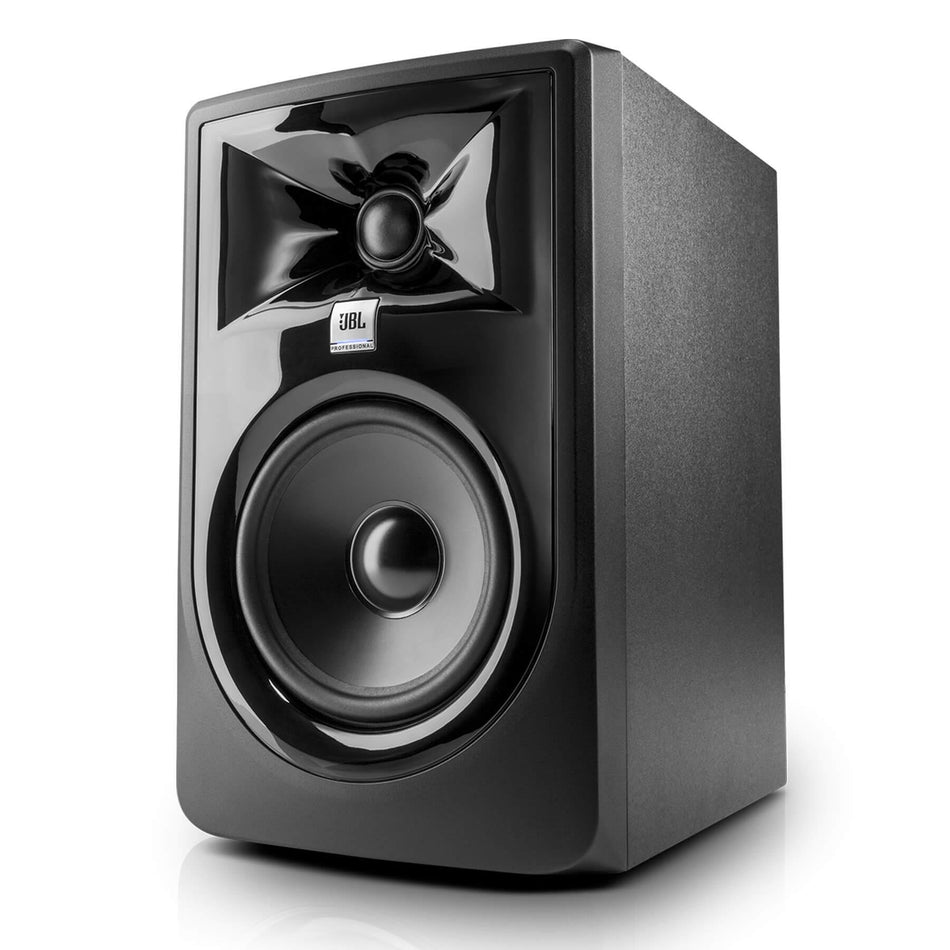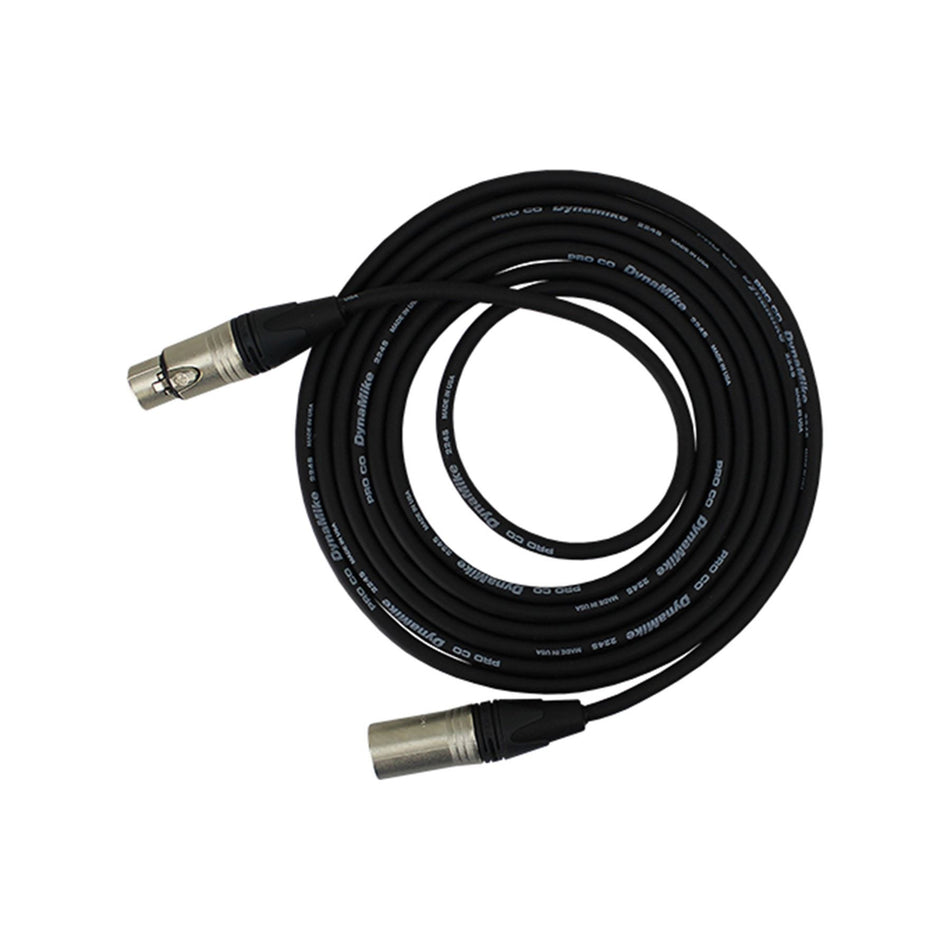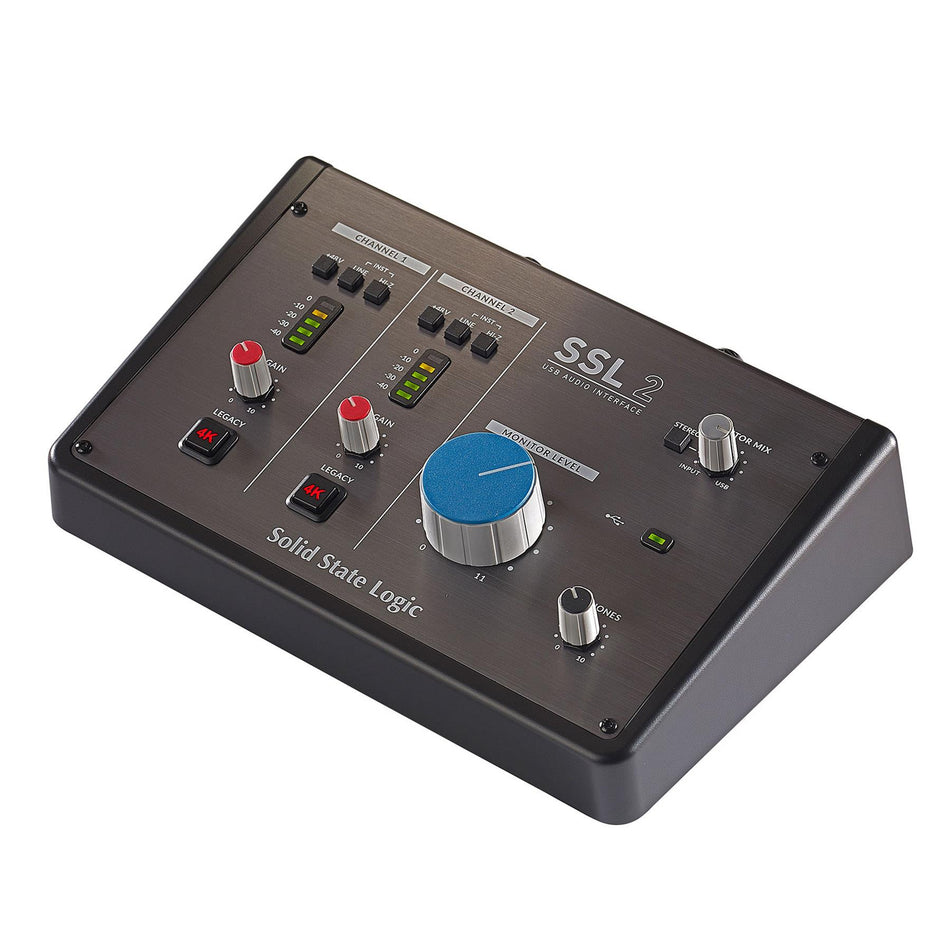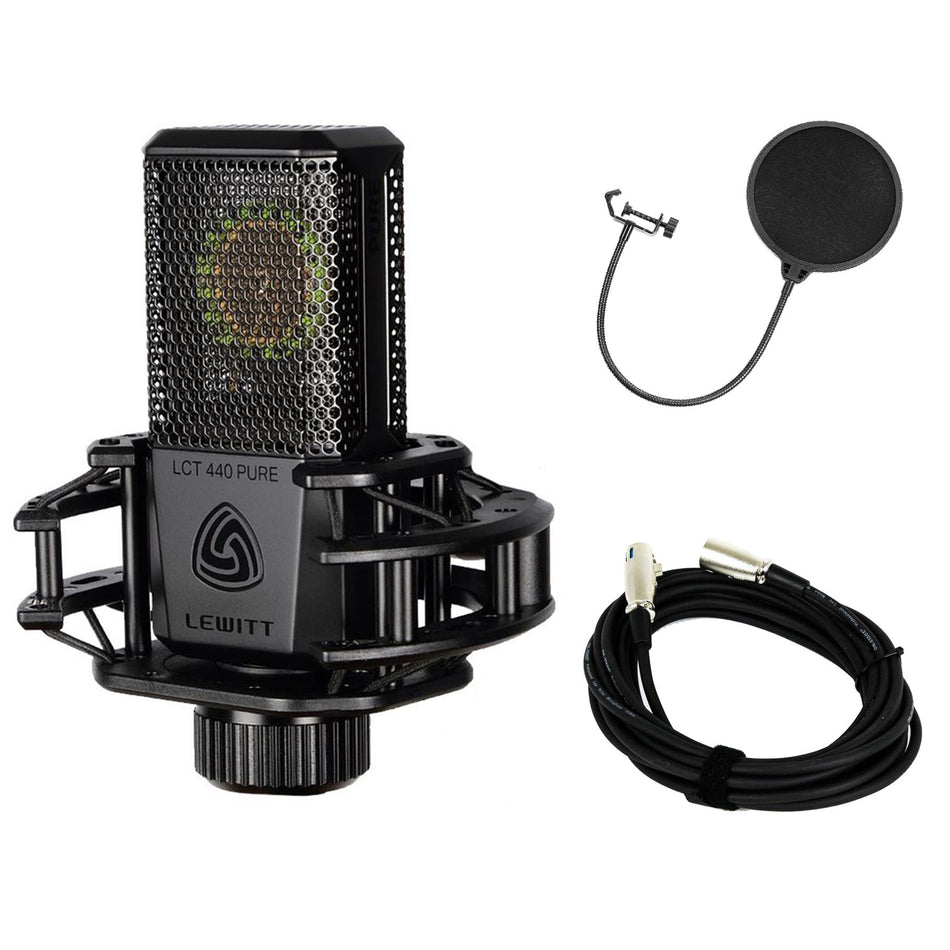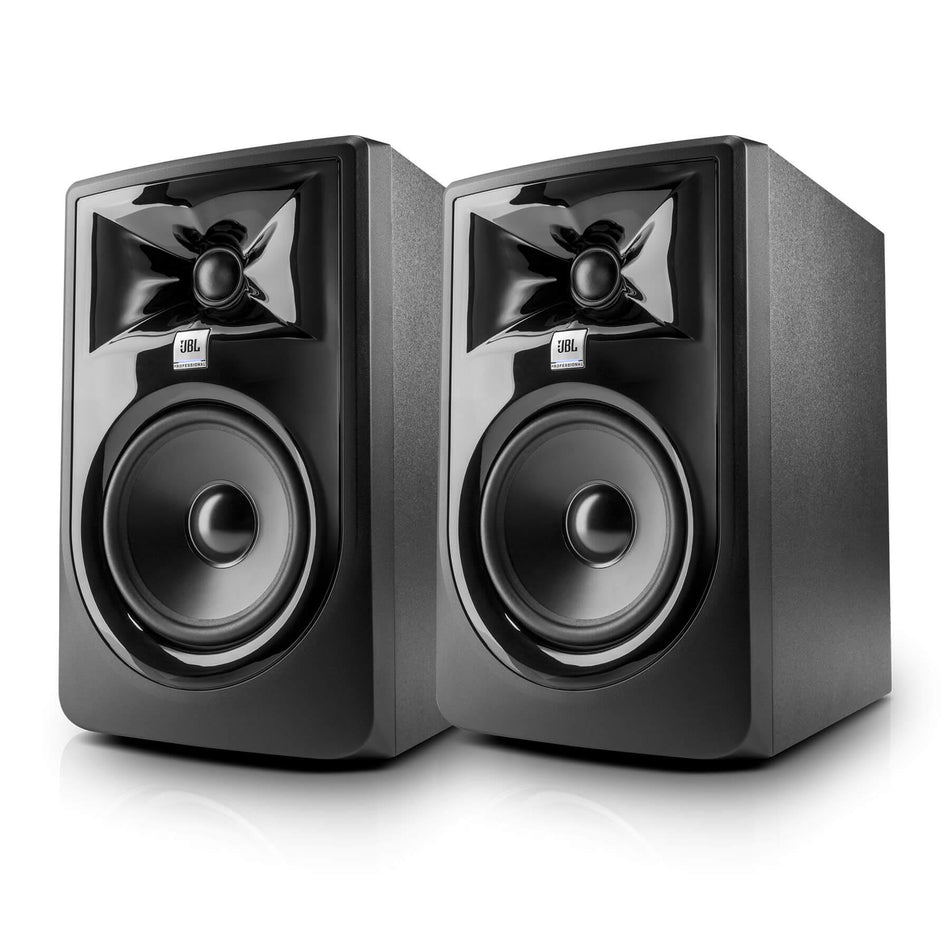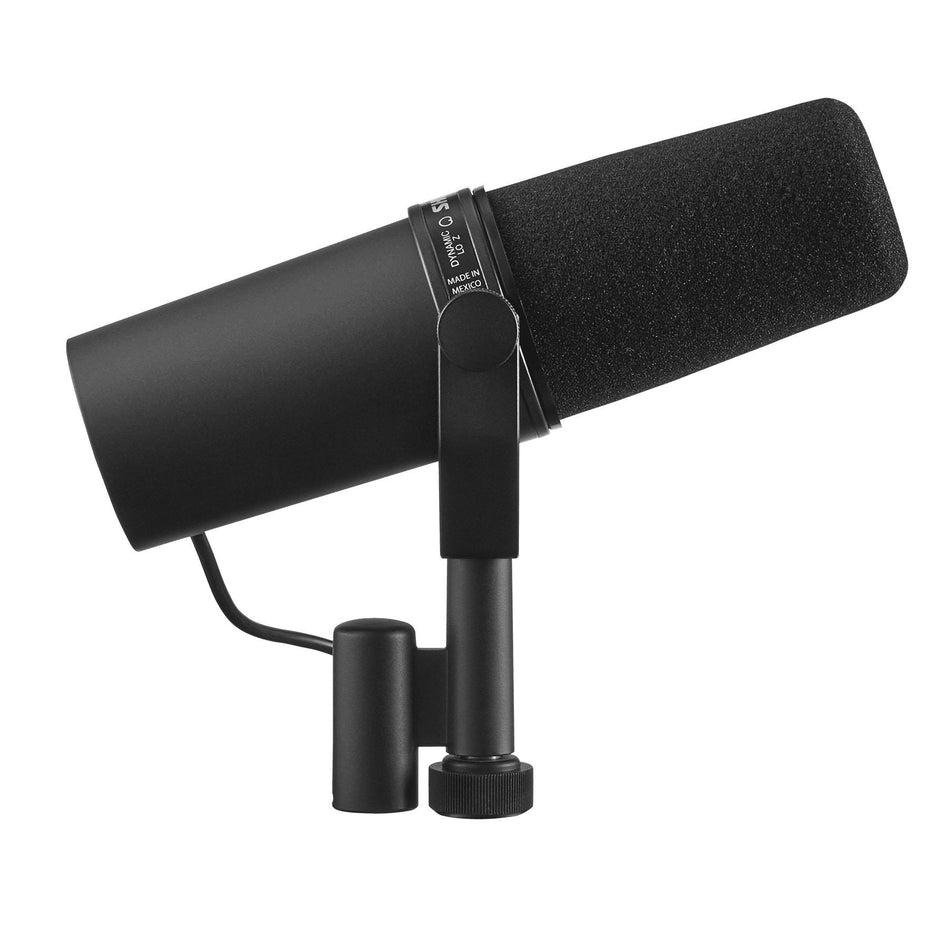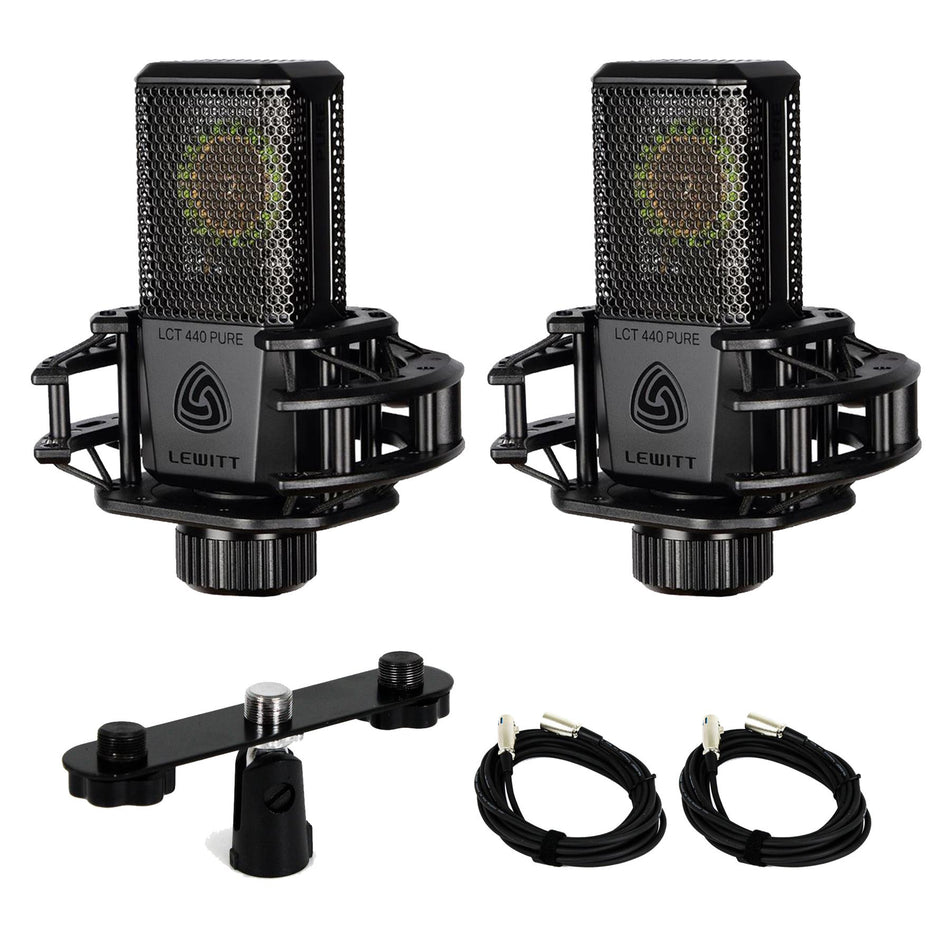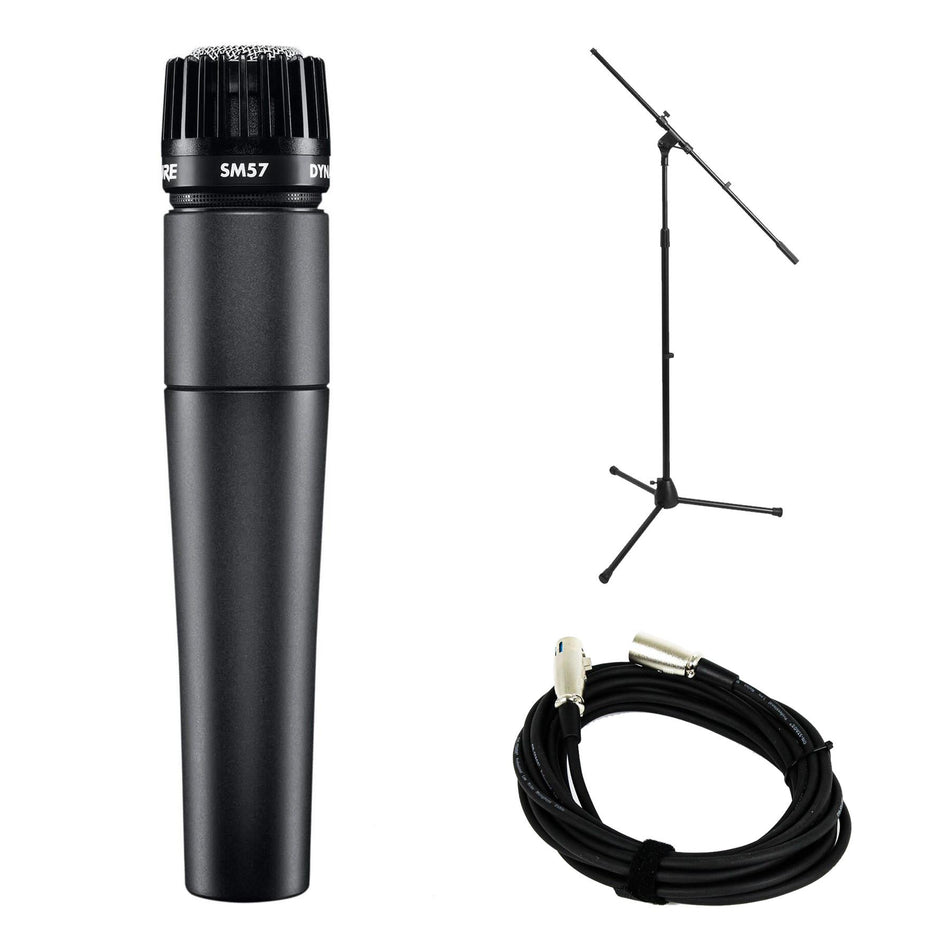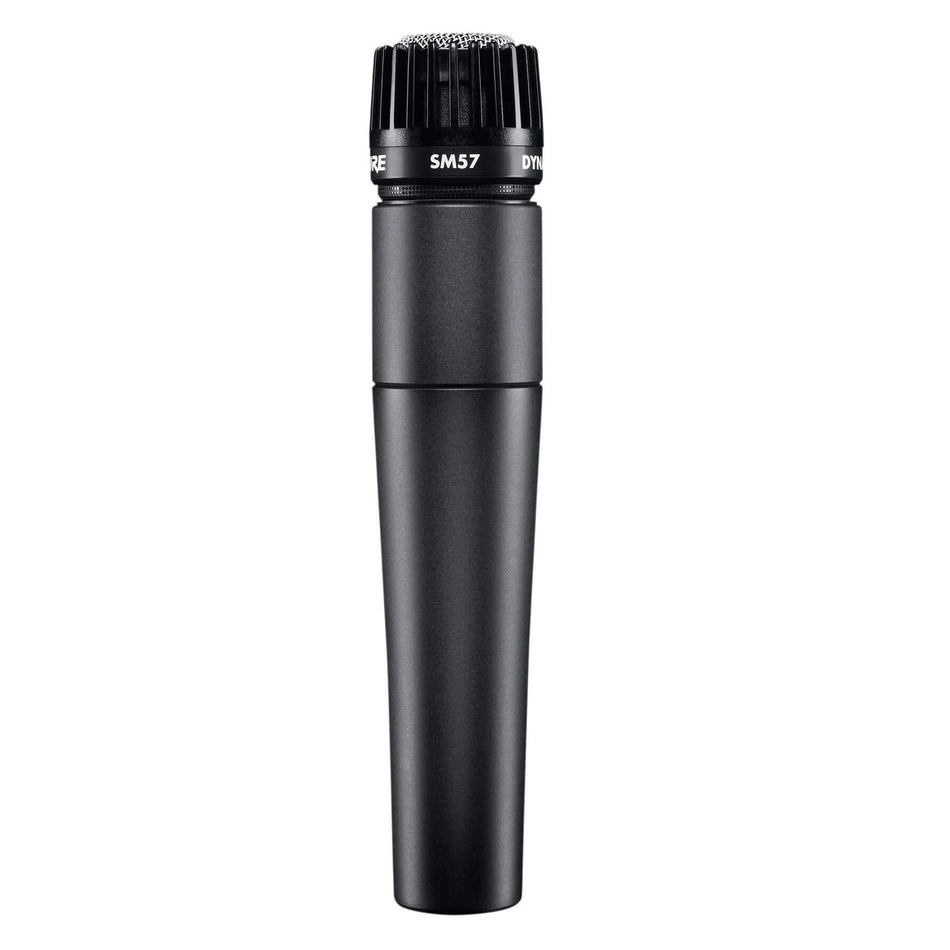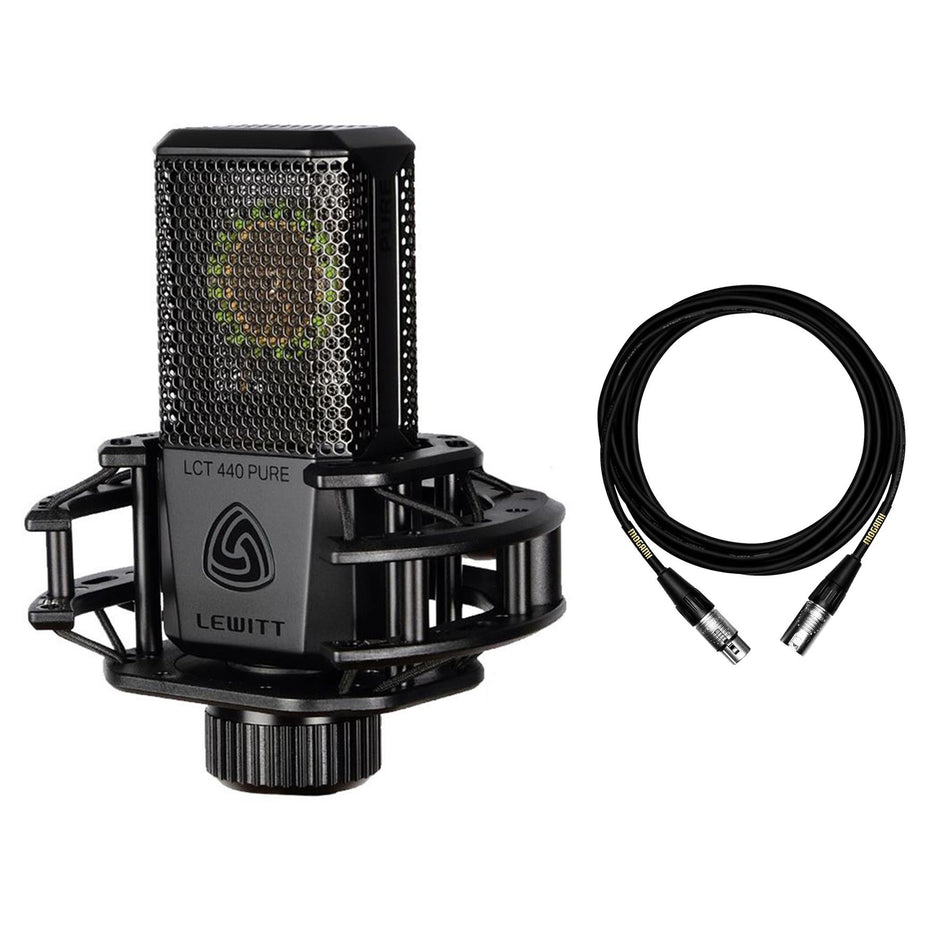This used Drawmer DS-201 2-Channel Noise Gate includes a Power Cable.
Condition
This noise gate is in very good condition with normal cosmetic wear, has been tested, and works as it should. Please see pictures for details on item condition. Only what is pictured is included.
Product Details
The DS201 is a sophisticated dual channel noise gate incorporating a number of features pioneered by Drawmer, which are invaluable to the sound engineer, and not found on conventional noise gates.
Setting up noise gates can be tedious and unrewarding. For example, when attempting to separate a signal from unwanted noise or crosstalk that is relatively high in level, spurious triggering of the gate by unwanted components within the sound can be a serious problem. This can often be experienced in the studio when recording a drum kit. If a gate is used to clean up the snare drum sound it is quite likely that the nearby hi-hats will spill into the snare drum microphone and cause the gate to open. Increasing the threshold level may cure this problem, but then there is a very real danger that any quieter snare drum beats may not cause the gate to open at all and the performance can easily be ruined.
The DRAWMER solution to this problem is the inclusion of two variable filters, one high-pass and one low-pass, which act upon the side-chain keying circuitry. By setting the output switch to key listen the user can hear the action of the filters and adjust them to reject high frequency spillage from the hi-hats. This now enables the gate to only open on the lower frequencies present in the snare drum.
Drawmer pioneered the concept of frequency conscious gating, and the Drawmer DS201 was the first noise gate to include this feature.
The very fast attack of the DS201 means that it can open in a matter of micro seconds, thus preserving the natural attack of whatever sound is being gated and the comprehensive envelope controls mean that the gain can be changed at whatever rate best suits the material being processed. With vocals for example, a fairly fast attack is needed so as not to clip the leading consonants but a slower release time will prevent the end of words being clipped off and will also fade out any noise gradually rather than cutting it off abruptly. This latter point is very important as the human ear is far more sensitive to rapidly changing noise levels than to a constant low level noise.
Our Recommendations
Pixel BPM
-
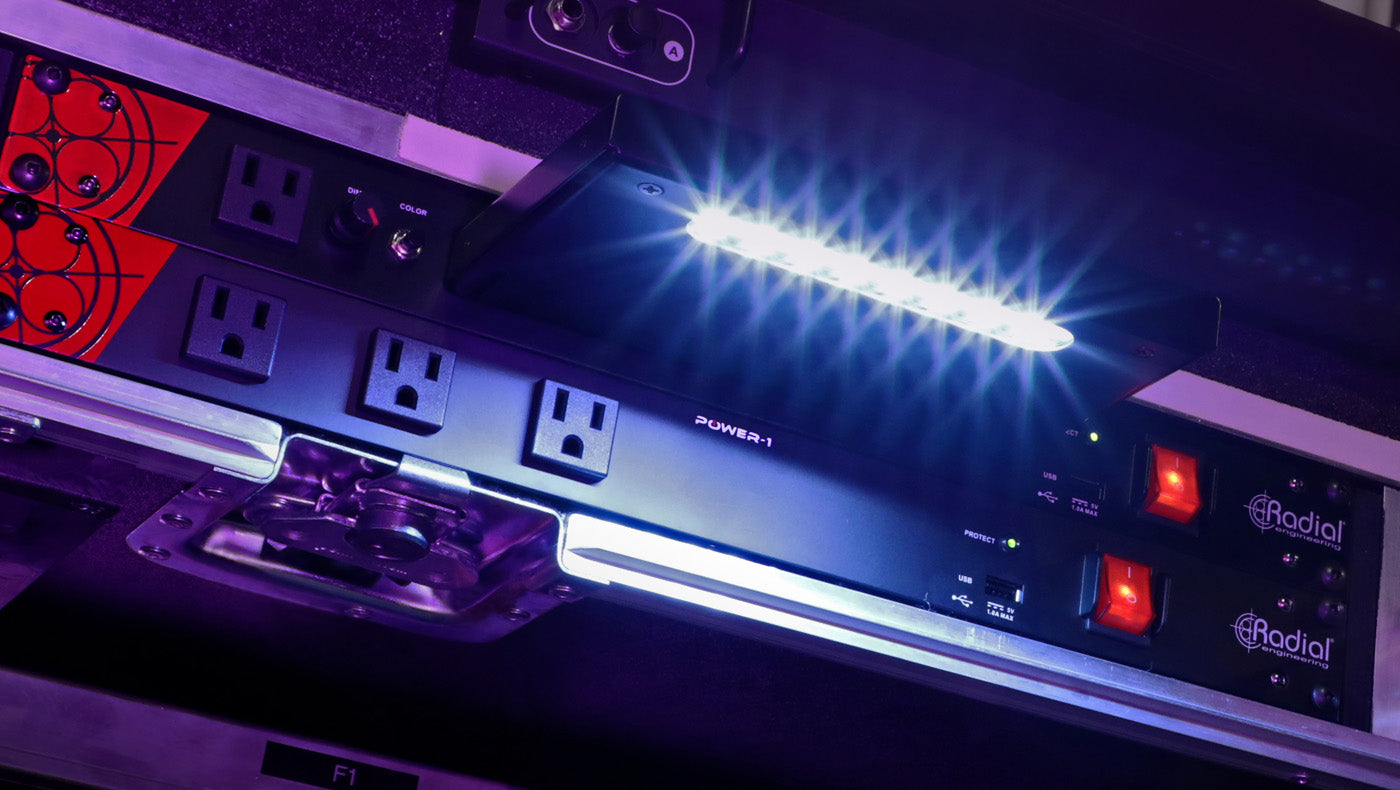 Chris Van Den Berg
Chris Van Den BergThe Importance of Power Conditioners in Your Studio Setup
-
 Chris Van Den Berg
Chris Van Den BergNew Gear Highlights from NAMM 2024
-
 Chris Van Den Berg
Chris Van Den Berg2023 Holiday Gift Guide
